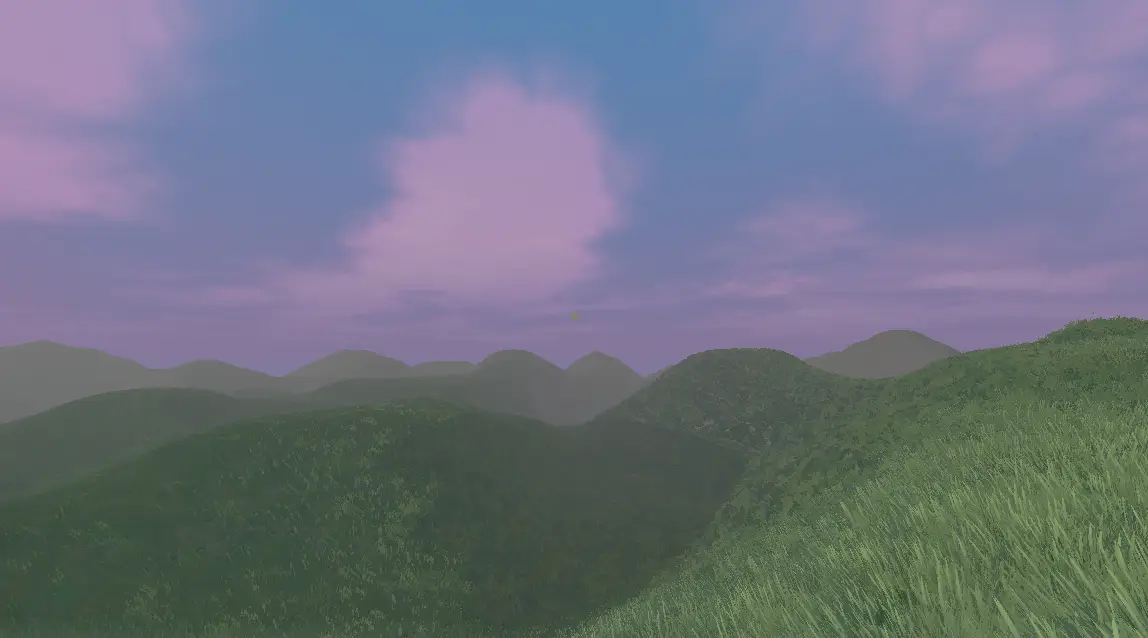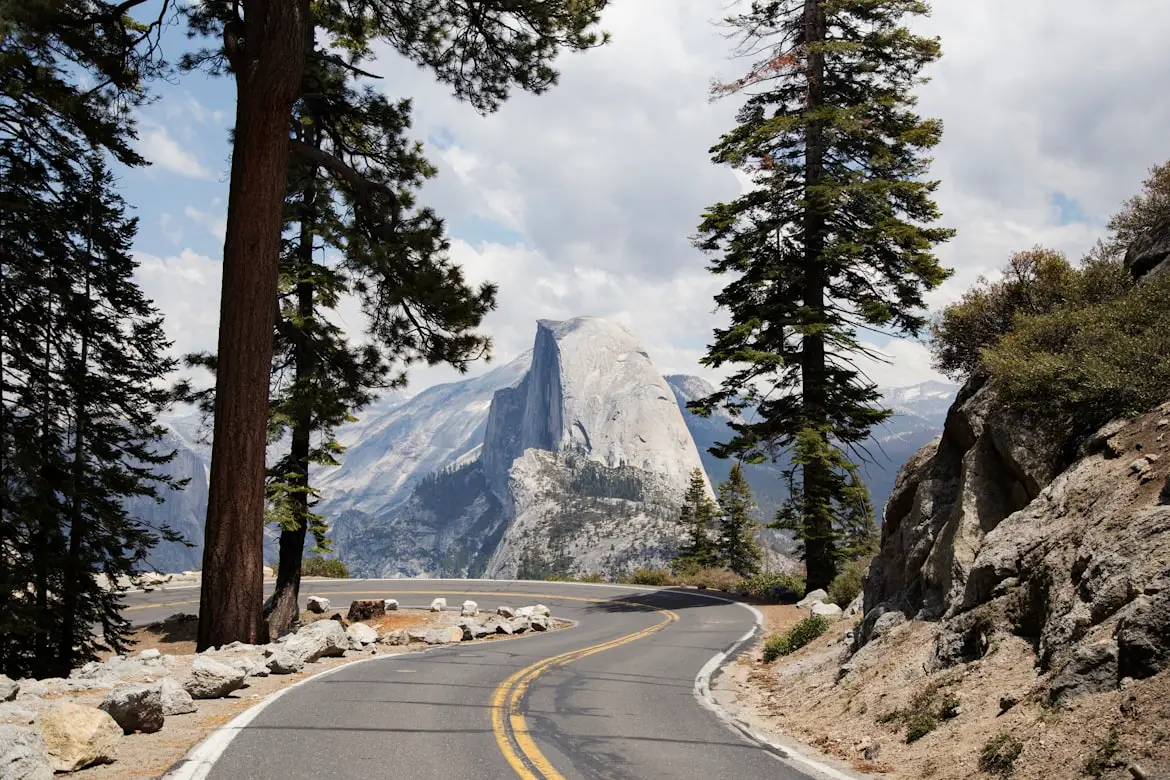Install Asset
Install via Godot
To maintain one source of truth, Godot Asset Library is just a mirror of the old asset library so you can download directly on Godot via the integrated asset library browser

Quick Information

# Godot marching cubesThis is a demo of multiplayer marching cubes game in godot.# Features- Procedural world generation with biomes- Blending different materials- Water- Day night cycle- Multiplayer- Voxel placing and removing# Testing- To run the project open it in godot and run it, two windows will open. - In one window you can enter singleplayer, the other is to test multiplayer. - Connect to the singleplayer world using port 5000.# Adding new voxels- Create a new class that extends Voxel under the "voxel" folder- Give it a unique ID and register it in "Main.cs"- If you're using textures add the uniforms in "terrain.gdshader" and assign the textures in node "Mesh" that is inside "chunk.tscn"- Add it into "terrain.gdshader" under `getVoxelColor` like so: ```glsl if (voxelId == {the id}) {hasNormal = true;normalTex = sampleTex({your normal texture}, {your wall normal texture}, {uv scale}, position, normal).xyz;return sampleTex({your texture}, {your wall texture}, {uv scale}, position, normal).xyz;} ```# Adding new biome- Create a new class that extends Biome under the "world_generator/biome" folder- Optional: You can call base({your base height}, {your height variation})- Implement the `GetVoxel` method- Add your biome to `GetBiome` in the "WorldGenerator" class# Adding new surface mesh- Save the geometry as a ".res" file under "voxel/surface_mesh"- Save the texture as ".png" in the same place- In "Main.cs" load your mesh and texture- Instantiate the surface mesh material (res://shaders/surface_mesh.tres) and assign your texture to the parameter "color"```cs// ExampleMesh grass = ResourceLoader.Load<ArrayMesh>("res://voxel/surface_mesh/grass.res");ShaderMaterial grassMat = ResourceLoader.Load<ShaderMaterial>("res://shaders/surface_mesh.tres");grassMat.SetShaderParameter("color", ResourceLoader.Load<Texture2D>("res://voxel/surface_mesh/grass.png"));SurfaceMesh.SurfaceMeshes.Add(GrassVoxel.ID, new SurfaceMesh(grass, grassMat));```# Optimizing performance for older hardwareYou can play with the in-game settings, lower mesh count and render distance.Or:In "world/Chunk.cs" -> `Generate(bool selfOnly)` I smooth the geometry by subdividing, this is optional. Remove these lines:```cs// OptionalGeometrySmoothing.SubdivideGeometry(positions, indices);GeometrySmoothing.SmoothGeometry(positions, indices);GeometrySmoothing.SubdivideGeometry(tranPositions, tranIndices);GeometrySmoothing.SmoothGeometry(tranPositions, tranIndices);```
# Godot marching cubes
This is a demo of multiplayer marching cubes game in godot.
# Features
- Procedural world generation with biomes
- Blending different materials
- Water
- Day night cycle
- Multiplayer
- Voxel placing and removing
# Testing
- To run the project open it in godot and run it, two windows will open.
- In one window you can enter singleplayer, the other is to test multiplayer.
- Connect to the singleplayer world using port 5000.
# Adding new voxels
- Create a new class that extends Voxel under the "voxel" folder
- Give it a unique ID and register it in "Main.cs"
- If you're using textures add the uniforms in "terrain.gdshader" and assign the textures in node "Mesh" that is inside "chunk.tscn"
- Add it into "terrain.gdshader" under `getVoxelColor` like so:
```glsl
if (voxelId == {the id}) {
hasNormal = true;
normalTex = sampleTex({your normal texture}, {your wall normal texture}, {uv scale}, position, normal).xyz;
return sampleTex({your texture}, {your wall texture}, {uv scale}, position, normal).xyz;
}
```
# Adding new biome
- Create a new class that extends Biome under the "world_generator/biome" folder
- Optional: You can call base({your base height}, {your height variation})
- Implement the `GetVoxel` method
- Add your biome to `GetBiome` in the "WorldGenerator" class
# Adding new surface mesh
- Save the geometry as a ".res" file under "voxel/surface_mesh"
- Save the texture as ".png" in the same place
- In "Main.cs" load your mesh and texture
- Instantiate the surface mesh material (res://shaders/surface_mesh.tres) and assign your texture to the parameter "color"
```cs
// Example
Mesh grass = ResourceLoader.Load
ShaderMaterial grassMat = ResourceLoader.Load
grassMat.SetShaderParameter("color", ResourceLoader.Load
SurfaceMesh.SurfaceMeshes.Add(GrassVoxel.ID, new SurfaceMesh(grass, grassMat));
```
# Optimizing performance for older hardware
You can play with the in-game settings, lower mesh count and render distance.
Or:
In "world/Chunk.cs" -> `Generate(bool selfOnly)` I smooth the geometry by subdividing, this is optional. Remove these lines:
```cs
// Optional
GeometrySmoothing.SubdivideGeometry(positions, indices);
GeometrySmoothing.SmoothGeometry(positions, indices);
GeometrySmoothing.SubdivideGeometry(tranPositions, tranIndices);
GeometrySmoothing.SmoothGeometry(tranPositions, tranIndices);
```
Reviews
Quick Information

# Godot marching cubesThis is a demo of multiplayer marching cubes game in godot.# Features- Procedural world generation with biomes- Blending different materials- Water- Day night cycle- Multiplayer- Voxel placing and removing# Testing- To run the project open it in godot and run it, two windows will open. - In one window you can enter singleplayer, the other is to test multiplayer. - Connect to the singleplayer world using port 5000.# Adding new voxels- Create a new class that extends Voxel under the "voxel" folder- Give it a unique ID and register it in "Main.cs"- If you're using textures add the uniforms in "terrain.gdshader" and assign the textures in node "Mesh" that is inside "chunk.tscn"- Add it into "terrain.gdshader" under `getVoxelColor` like so: ```glsl if (voxelId == {the id}) {hasNormal = true;normalTex = sampleTex({your normal texture}, {your wall normal texture}, {uv scale}, position, normal).xyz;return sampleTex({your texture}, {your wall texture}, {uv scale}, position, normal).xyz;} ```# Adding new biome- Create a new class that extends Biome under the "world_generator/biome" folder- Optional: You can call base({your base height}, {your height variation})- Implement the `GetVoxel` method- Add your biome to `GetBiome` in the "WorldGenerator" class# Adding new surface mesh- Save the geometry as a ".res" file under "voxel/surface_mesh"- Save the texture as ".png" in the same place- In "Main.cs" load your mesh and texture- Instantiate the surface mesh material (res://shaders/surface_mesh.tres) and assign your texture to the parameter "color"```cs// ExampleMesh grass = ResourceLoader.Load<ArrayMesh>("res://voxel/surface_mesh/grass.res");ShaderMaterial grassMat = ResourceLoader.Load<ShaderMaterial>("res://shaders/surface_mesh.tres");grassMat.SetShaderParameter("color", ResourceLoader.Load<Texture2D>("res://voxel/surface_mesh/grass.png"));SurfaceMesh.SurfaceMeshes.Add(GrassVoxel.ID, new SurfaceMesh(grass, grassMat));```# Optimizing performance for older hardwareYou can play with the in-game settings, lower mesh count and render distance.Or:In "world/Chunk.cs" -> `Generate(bool selfOnly)` I smooth the geometry by subdividing, this is optional. Remove these lines:```cs// OptionalGeometrySmoothing.SubdivideGeometry(positions, indices);GeometrySmoothing.SmoothGeometry(positions, indices);GeometrySmoothing.SubdivideGeometry(tranPositions, tranIndices);GeometrySmoothing.SmoothGeometry(tranPositions, tranIndices);```

